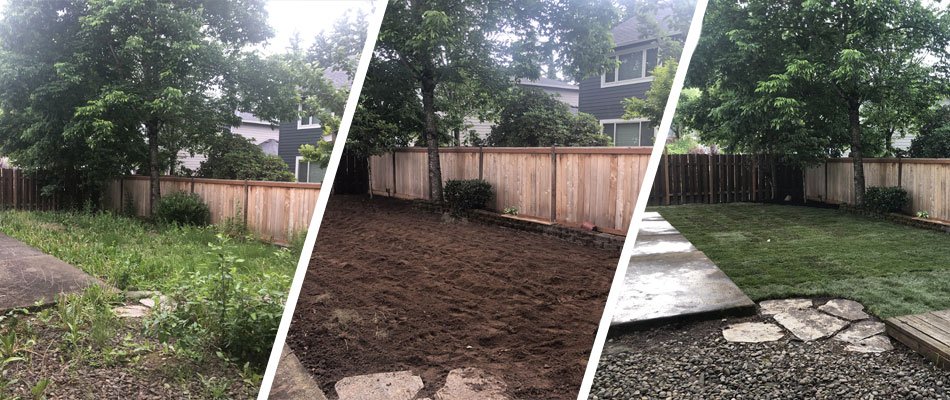Whenever you're installing a new lawn, it's important to consider when to do it. The right time for sod installation depends on the type of grass you're planting and your climate. Cool-season grasses can be installed year-round. However, if your property is located in a temperate climate, it's best to wait until the warmer months before putting in your new sod.
Preparation is key
Whether you are installing a new lawn on your own or hiring a professional, there are a few steps you should take to prepare the area. This will ensure that the new sod will survive.
The first step in sod installation is measuring the area. Then, you should cut a strip of sod and lay it along the straightest edge. You should also make sure the ends don't overlap.
The next step is to water the sod. Watering early in the morning and late at night is important. This will help prevent evaporation and disease. For the first two to three days, you may need to water as much as half an inch per day.
After the new sod has been watered, it's time to begin the installation process. You can do this by hand, but a lawn roller or a sod knife will work well too.
You should also do some research on the best types of sod for your area. Some types of grass sod are better suited for cooler climates while others will thrive in hotter climates.
Cool-season grasses can be installed year-round
Depending on the climate in your area, cool-season grasses can be installed year-round. Cool-season grasses are semi-dormant grasses that grow best in cooler temperatures.
This season grasses are also known as ryegrass, fine fescue, and Kentucky bluegrass. They are usually sold as seed mixes. These mixes will help you get the best thickness and longevity out of your grass.
Grasses tend to be more colorful in cooler temperatures. They are also more tolerant of drought. Cool-season grasses also are easier to maintain in areas with limited space for turf.
It can be installed in the front yard or in the backyard. Cool-season sod is a good option for large lots. It is more economical than seeding.
A cool-season grasses are also available as ornamental grasses. They can be planted in containers or landscape beds. They are also used to provide extra shade.
During this season grasses are not as invasive as warm-season grasses. Some cool-season grasses, such as blue fescue, are also drought-tolerant. They also thrive in light shade.
Winter is not a good time to install grass sod
Whether you're a homeowner or a contractor, installing sod during the winter can be tricky. Unlike summer, when there's less water to go around, there's a heightened risk of freezing temperatures that can harm newly laid sod. Sod can be installed anytime, but if you live in a region with cold weather, you may want to wait until early spring before laying it.
Aside from freezing temperatures, sod also needs to be watered. New sod needs at least 0.25 inches of water each week to survive. This amount is enough to keep the first inch of soil moist, but additional watering may be required to keep the first two inches moist.
The coldest days of winter are often accompanied by a gentle breeze. This will help the newly laid sod develop a healthy root system. The rain from the next day will keep it moist and help it transition into spring. The rain will also help the grass grow more vigorously.
Tell if grass sod has taken root
Getting grass sod to take root is crucial to a healthy lawn. Whether you are laying sod yourself or hiring a landscaping expert to do the job, there are a few simple ways to check whether it has taken root.
You can check the sod by lifting up a few pieces. The underside of the sod should be white or brown. If the sod is lifting easily, it means it has not taken root. If it is difficult to lift up, the sod has taken root.
Depending on the type of sod you are using, the roots may take up to six weeks to take root. When the roots are fully developed, they will be strong enough to withstand droughts and freezes. During this time, you will need to water your lawn more often. The type of soil you use can also affect the amount of time it takes for the sod to take root.

